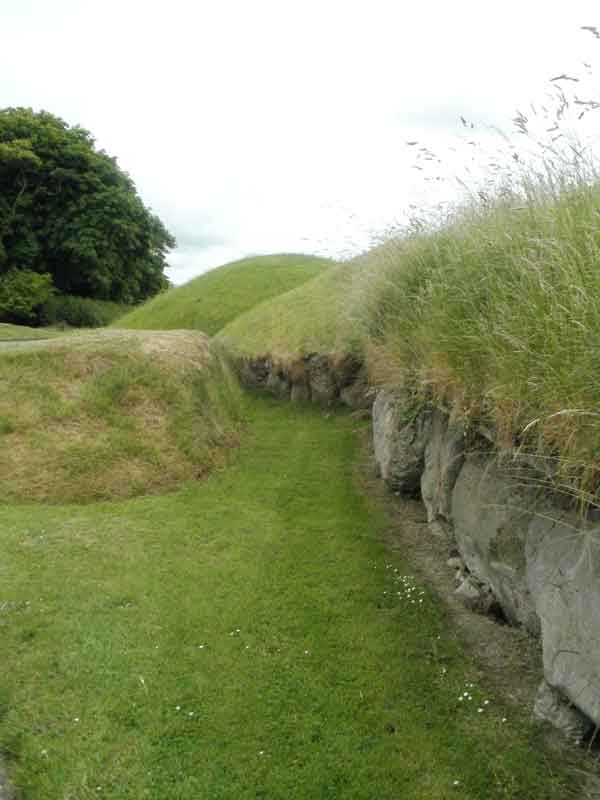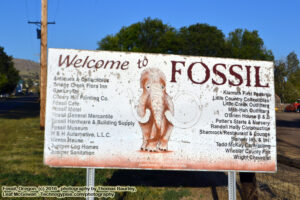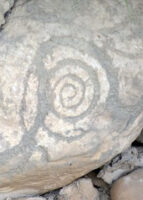leafworks’ photostream on Flickr.
Rock art – curbstones at Newgrange Tumulus – July 25, 2012: Bru na Boinne, Ireland. (c) 2012 – photography by Leaf McGowan, technogypsie.com. Please make note of the photo number you are interested in for reference. More about Newgrange here: www.technogypsie.net/reviews/?p=989. Brú na Bóinne, Ireland – One of Ireland’s most infamous monuments and archaeological sites, Newgrange is amongst the Bru na Boinne World Heritage sites next to Knowth and Dowth. It is popular like Stonehenge with its Solstice astronomical line-ups and viewing of the sun as it appears through its portal. The monument is a large mound complex shaped like a giant kidney covering an area of about an acre of land and is surrounded by 97 kerbstones most of which are decorated by megalithic rock art. Newgrange is one of the best examples in Ireland and Western Europe of a passage grave or tomb. Constructed around 3200 BCE, this site is older than the Egyptian pyramids and a 1,000 years older than Stonehenge. Located along a elongated ridge on the Boyne River, five miles west of Drogheda, and close to the location where the Battle of the Boyne took place in 1690. Built entirely wih stone tools the Faerie Sidhe (folklore) or Passage Grave (Archaeology) is an impressive monument: The purpose of the monument is disputed greatly as there is no evidence that Newgrange was used as a repository for bodies, bones, burial artifacts or ash. Mythology tells us that the Tuatha Dé Danann, legendary first rulers of Ireland, built Newgrange as a burial place for their chief – the Dagda Mór with his three sons. The site is also believed to be where the hero Cúchulainn was conceived by his mother Dechtine. Also listed in mythology as a Faerie Mound, it was believed to have been the home of Oenghus, the God of Love. Other theories are that it was a place of worship for a “cult of he dead” or for astronomically-based faiths.




























